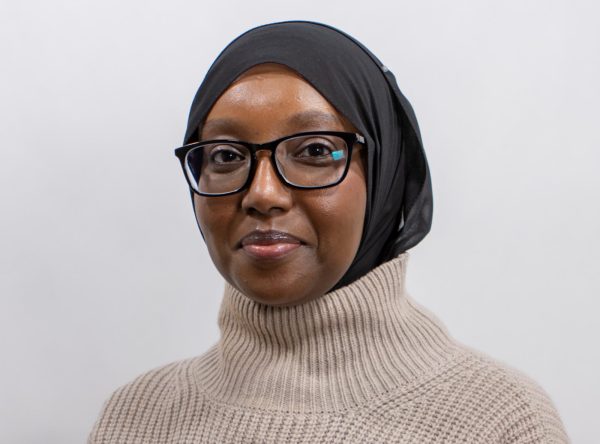Some things in life come out ofnowhere and shift the trajectory of a person’s life. Developing a chronic illness is one of those things.
I was not sick much when I was growing up other than the usual colds and seasonal allergies. Later, after having my youngest child nine years ago, I developed my first autoimmune disease.
Hashimoto’s thyroiditis is a common thyroid disease that occurs when your immune system attacks your thyroid gland.
This creates a low thyroid hormone. Graves, its sister disease, is where the immune system attacks the thyroid to overproduce the hormone.
The National Institute of Diabetes, Digestive and Kidneys said “Hashimoto’s disease is 4 to 10 times more common in women than men.”
Although the disease may occur in teens or young women, it often develops in women ages 30 to 50.”
I developed it right after giving birth, which is a time when a woman’s body becomes heavily dysregulated from pregnancy and childbirth.
The symptoms are extreme fatigue, weight gain, temperature dysregulation, heavy or irregular menstrual periods, slowed heart rate and more.
One of the biggest problems I faced in the beginning was getting a diagnosis. Most of these symptoms could very well be postpartum symptoms.
The hard part was trying to get doctors to listen when I was telling them I knew my body, and something was wrong. It took me many months to get a doctor to run tests.
I was one of the lucky ones. Other women faced years of doctors’ appointments until someone listened to them.
There is still so much medical bias when it comes to women. Most times, the doctors will tell women that they are depressed, anxious or hypochondriacs.
The truth of the matter is, if your body is sick and you are tired all the time, of course you’ll be depressed and anxious. Those are the symptoms of having a chronic illness.
A study by the National Institute of Health found that “Across datasets, women consistently experience a longer time to get diagnoses than men. After matching patients based on the set of algorithmically generated relevant symptoms, women with any given relevant symptom are more likely to experience a longer time to diagnosis than men with the same symptom.”
This is a pain point for women who are struggling to be heard and feel seen by medical professionals, especially male doctors.
It presents a problem when women are waiting long years for a diagnosis. Once a person has one autoimmune disease, there is a 25% chance of developing another.
That was the case for me. Years later, I developed another autoimmune disease. This time, it was Sjogren’s syndrome.
This disease’s symptoms also create extreme fatigue, muscle and joint pain, eye and mouth dryness, swelling between the jaw and ears, and ultraviolet sensitivity.
I credit finding a black female family doctor who listened to me, my list of symptoms and referred me to a rheumatologist who was also a woman of color. She then promptly ran tests and was able to diagnose me within a week.
It was such a relief to have doctors listen and not make me feel crazy. Early diagnosis means that I learned the tools to help myself and explore the treatments available before the disease progresses.
Many women are not given that chance and are diagnosed when they are at a point of needing extreme medical intervention.
Over the years, I have added more doctors to my medical team and can take quick action during flare-ups.
One of the significant triggers of flare-ups is stress. By getting diagnosed early, I was able to incorporate strategies and communicate with my family about how they could help me avoid stress and over-exertion.
That does not mean that flare-ups are few and far between. It means that I can plan for events in my life knowing that I will need every tool in my autoimmune tool kit to stay out of the hospital.
If you are a woman struggling with health issues, please find a doctor who will listen. Lean into your support system and create a healthy lifestyle plan so that you have an opportunity to live through the pain.


























